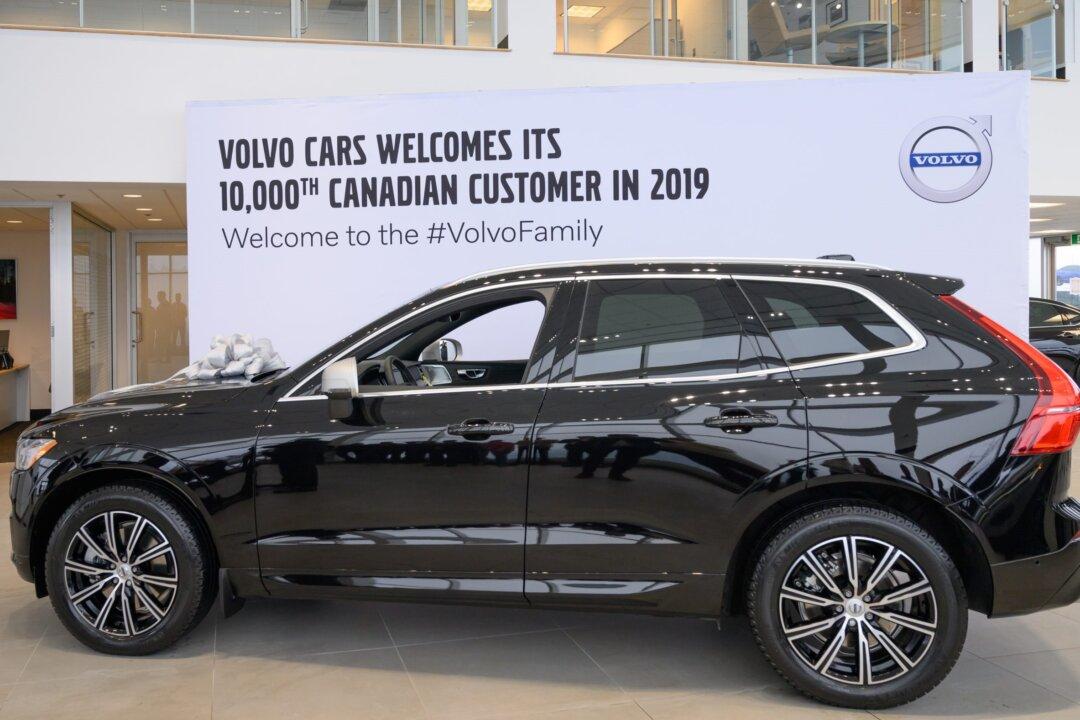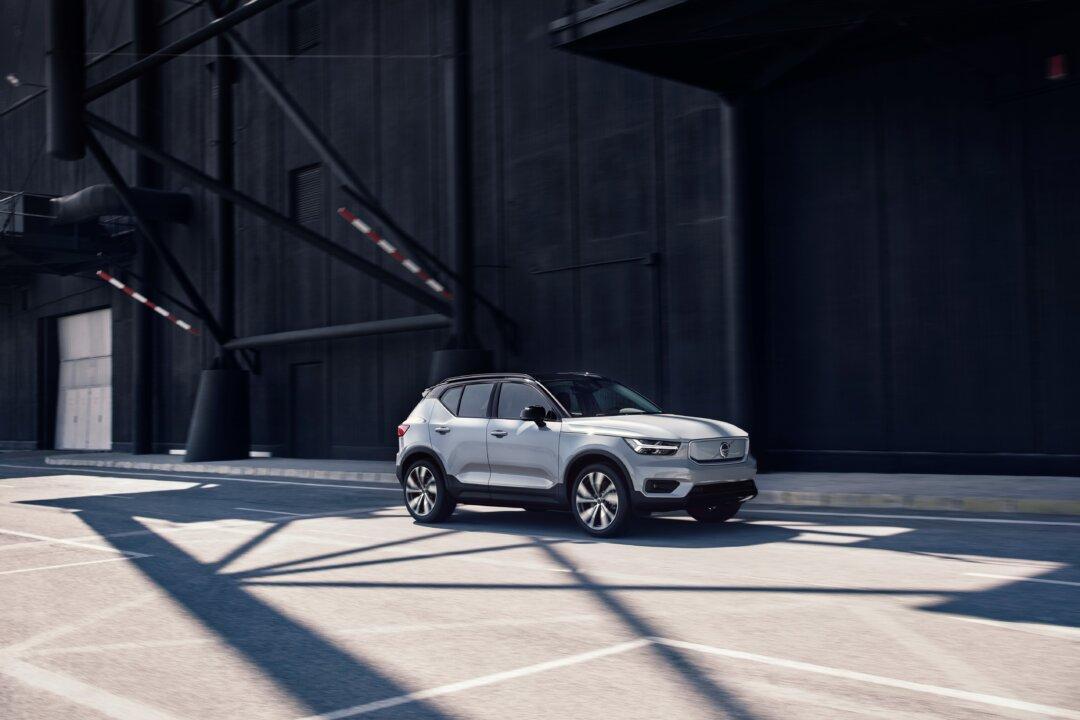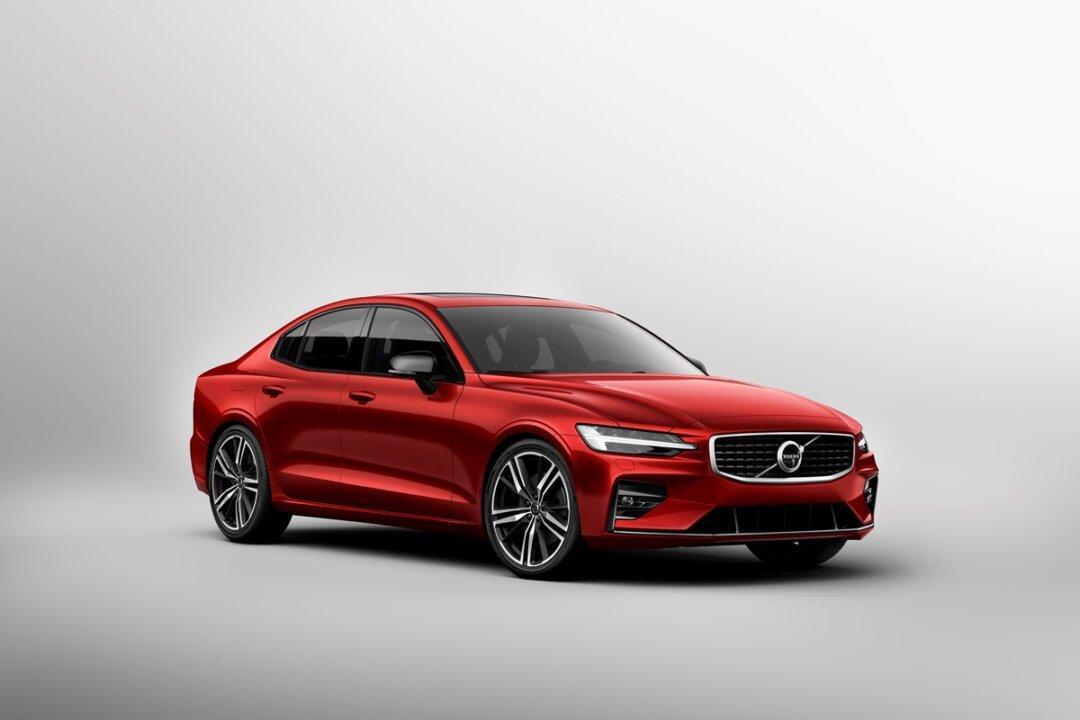Growing up in Montreal as the son of Haitian immigrants, Ralph Gilles loved to draw anything automotive-related—especially cars. Interestingly enough, in 1987 an aunt encouraged the teenager to send his sketches to Lee Iacocca, then the high-profile chief executive of Chrysler Corporation in Detroit.
As sometimes happens, the stars and heavens aligned. Fast-forward to 1992 and Gilles was hired by that very same company. Serendipitous? Indeed.
Today, Ralph Gilles is the global head of Design at Fiat Chrysler Automobiles (FCA), the US$10-billion company that emerged after Fiat chief executive, Canadian-born Sergio Marchionne, rode to the embattled U.S. automaker’s rescue in 2009. In this role, Gilles oversees more than a dozen disparate brands ranging from Jeep and Maserati to Alfa Romeo and RAM. Epoch Auto recently sat down with Mr. Gilles.
Epoch Auto: In April 2015 you were appointed Head of Design, FCA – Global. What does this mean?
Ralph Gilles: Well, it means that I spent more time in a metal tube (airplane) than I would prefer. But in all seriousness, now I am in charge of all aspects of design for Fiat Chrysler—specifically the design offices and studios, and all those very capable associates in North America, Europe, Latin America, and also within a smaller, specialized set up in Shanghai, China. To be clear, there is very competent leadership in each of those markets. My role is to determine where there are opportunities for global design efficiencies, global aesthetics, distilling all this data and information, and communicating everything to regular executive committee meetings.
EA: With seemingly contrasting brands within the expansive FCA portfolio, this must create some unique challenges and headaches?
RG: Actually, not as much as you might expect. In fact, ever the optimist, I see it all as an awesome opportunity. With such a diverse lineup, we encourage all our designers from every division to spend time in the various groups, learn from one another, and apply winning strategies across the portfolio. This does not mean that you'll ever see a Maserati-looking RAM truck! There are so many terrific learning opportunities. I must admit, however, that there are still some mornings I wake up knowing that it’s important that each name marque retains its own identity and culture.





